Best Care For Dogwood Trees For Charming Blooms And Bright Stems
Caring for dogwoods is easy and they require only a little maintenance to thrive. Learn how to care for this classic ornamental tree.
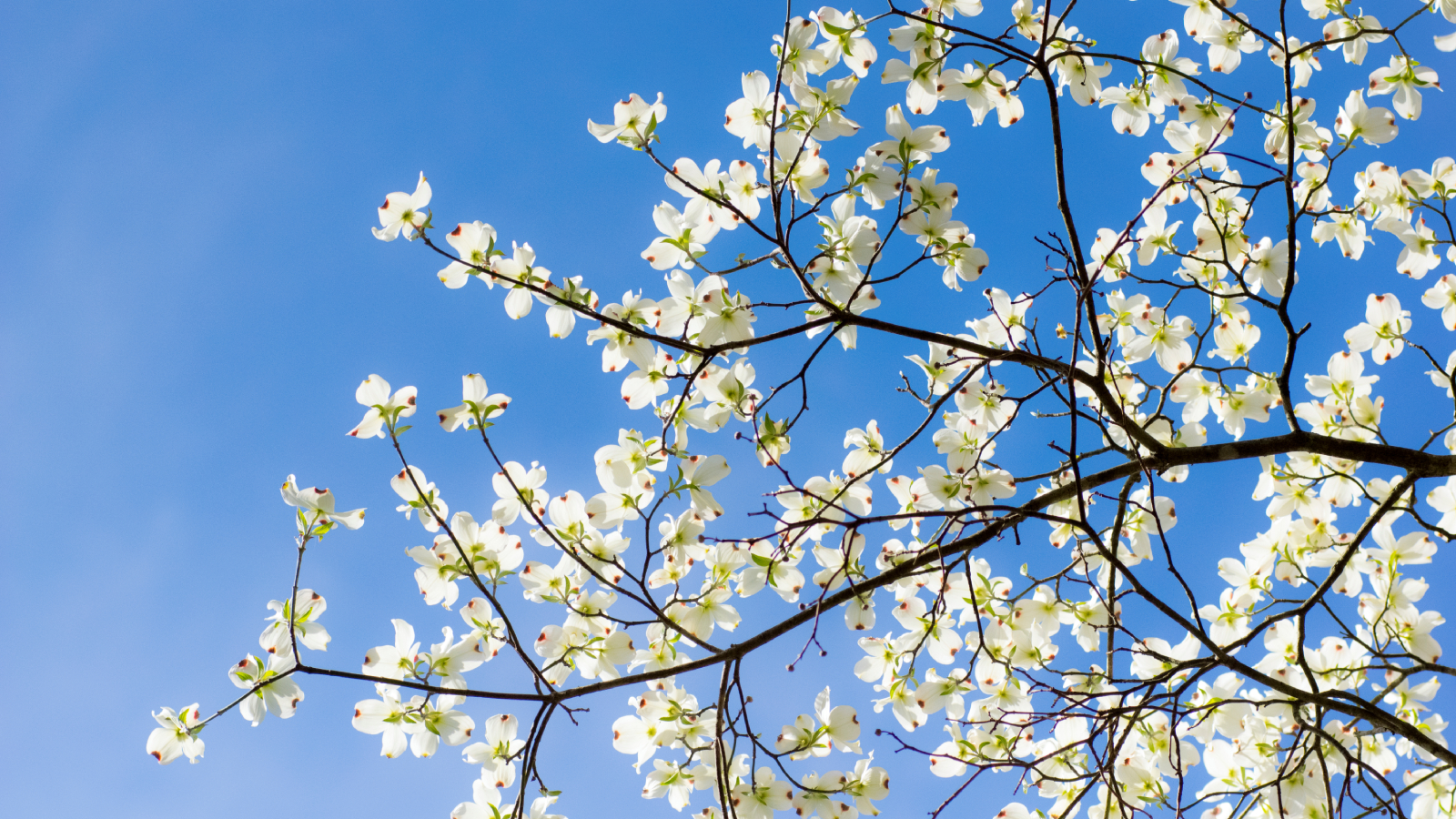

Quick Facts
Botanical name: Cornus florida
Height: 15 to 30 feet (4.5 to 9.1 m)
Spread: 15 to 30 feet (4.5 to 9.1 m)
Sun exposure: Partial shade
Soil requirements: Moist, well-draining, acidic
Hardiness zones: USDA zones 5 - 9
When to plant: Spring or early fall
Flowering dogwood trees are small deciduous trees native to eastern North America. They develop showy blooms in spring and grow well in partial shade and woodland areas. Dogwoods grow up to 30 feet (9.1 m) tall and have a pyramidal, but flat-topped growth habit.
Care for dogwood trees begins with providing the right conditions. With this in mind, they require only a little maintenance to stay healthy.
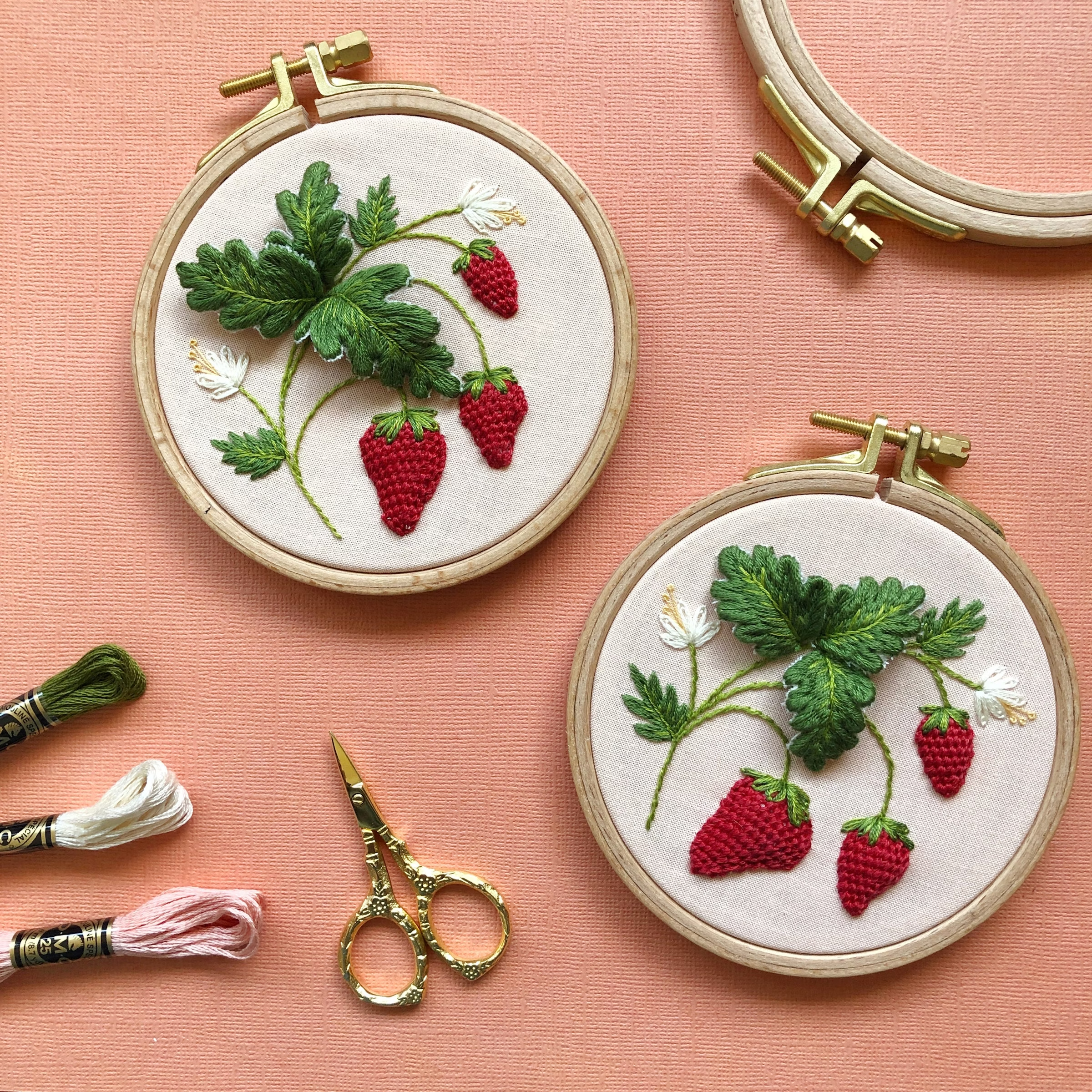
This precious strawberry design comes to life with textural embroidery. The kit includes everything you need to create your design and easy-to-follow instructions.
How To Care For Dogwood Trees
Care for dogwood trees depends on providing them with the best conditions. Dogwoods are woodland understory plants. They grow best with some shade. While they can grow in full sun, they will not perform as well.
Dogwood is hardy in USDA zones 5 through 9. It tolerates cold temperatures well but will not grow well if winter temperatures regularly drop below -15 degrees Fahrenheit (-26 Celsius). High temperatures and drought in summer can also be stressful for dogwood.
Water dogwood trees regularly during the first two seasons after planting, then water only during periods of drought. Avoid over-fertilizing young dogwoods. A light application of general fertilizer in spring is adequate. Better care for new dogwood trees is to add compost to the soil for planting.
When And How To Plant Dogwood
Plant new dogwood trees in spring or fall. If planting in the fall, allow four to six weeks before the first frost to help it get established. Choose a location with at least some shade and enough room to grow. Afternoon shade is best in hotter climates. The location should also have good drainage.
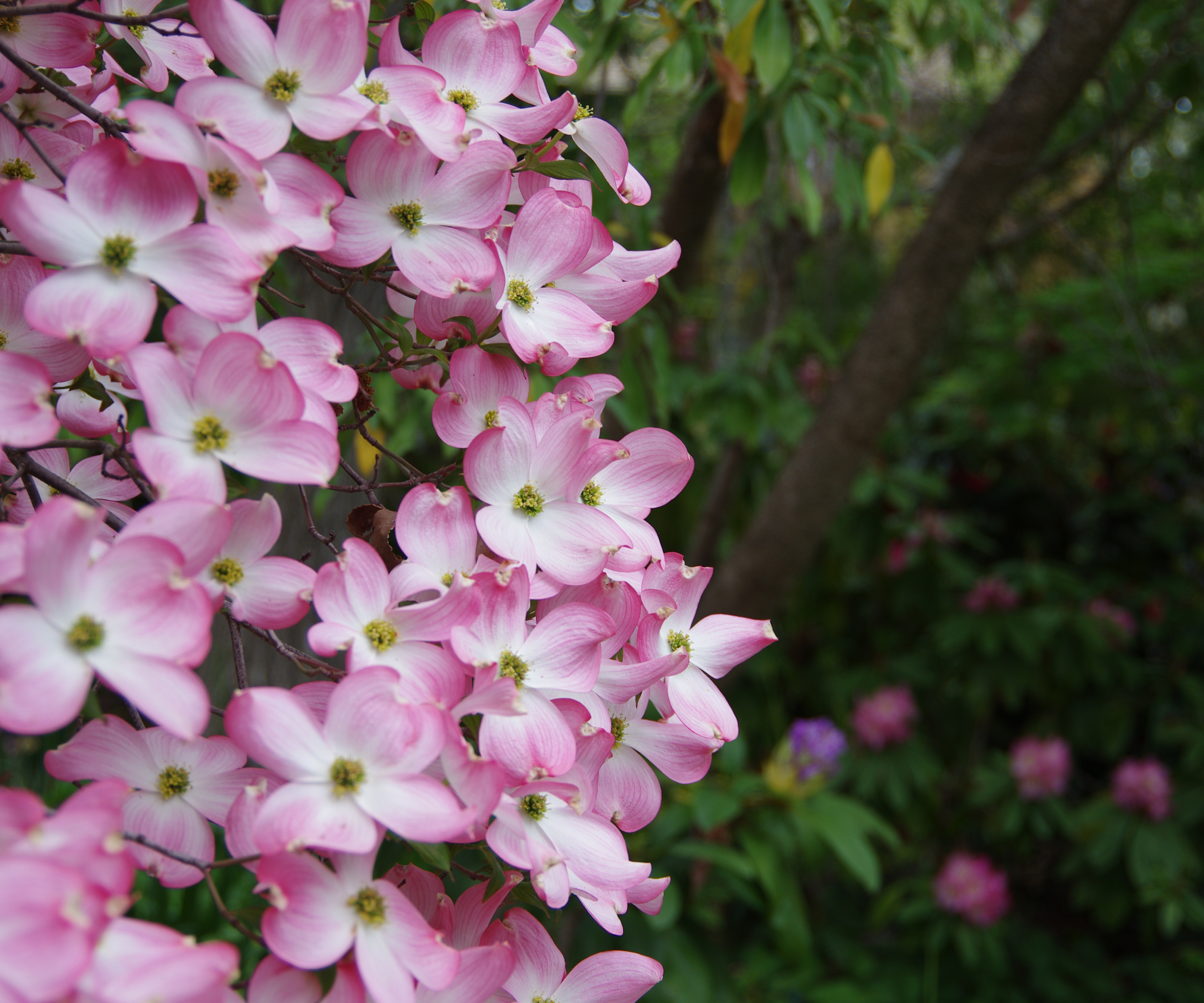
How To Prune Dogwood Trees
Care for flowering dogwood trees includes pruning, although it isn’t required often. Trim off broken, dead, or diseased branches any time of year. Otherwise, you don’t need to prune dogwood trees heavily. Occasionally remove branches to increase airflow and light to the interior of the tree. Do this in the dormant season.
Gardening tips, videos, info and more delivered right to your inbox!
Sign up for the Gardening Know How newsletter today and receive a free copy of our e-book "How to Grow Delicious Tomatoes".
Problems, Pests & Diseases
A dogwood tree should thrive if given the right conditions, but stressed dogwoods are susceptible to several diseases and pests:
- Dogwood anthracnose
- Powdery mildew
- Leaf spot
- Canker
- Leaf blight
- Root rot
- Borers
- Leafminers
- Scale
Dogwood anthracnose is a growing problem. If you suspect your tree has it, contact your local extension office for advice. Signs of this disease include spots on leaves and cankers on stems. Other problems that can cause a dogwood tree to not blossom include too much nitrogen in the soil, incorrect light, and improper pruning.
Propagating Dogwood Trees

The best way to propagate dogwood is by taking cuttings. Remove softwood cuttings, the new growth seen in June or July. A cutting should be at least six inches (15 cm) long. Remove all but one pair of leaves from the cutting.
Lightly score the end of the cutting and dip it in a rooting hormone. Place the cutting in a moist medium and keep it moist and warm. Roots can take five to ten weeks to develop.
Best Dogwood Tree Varieties
There are 17 species of dogwood trees native to North America. These are some notable dogwood cultivars to try:
- ‘Appalachian Joy.’ This white-blooming variety is easier to grow than others. It is less picky about conditions and better resists some of the species’ common diseases and pests, including dogwood anthracnose.
- ‘Cloud 9.’ This cultivar has recently been found to be the same genetically ‘Barton’s White.’ They both flower heavily and earlier in spring than other varieties. They have some resistance to powdery mildew.
- ‘Cherokee Chief.’ This is a cultivar of the pink-flowering subspecies rubra. ‘Cherokee Chief’ has striking red flowers and burgundy foliage in fall. Care for a pink dogwood tree is the same as that of more traditional white varieties.
Frequently Asked Questions
Do Coffee Grounds Help Dogwood Trees?
Coffee grounds can help acidify the soil, which benefits dogwood trees. On the other hand, they are also nitrogen-rich, so too much in the soil will limit flowering.
How Do You Rejuvenate a Dogwood Tree?
Care for dogwood bushes that produce colorful winter stems like red twig dogwood requires rejuvenation pruning. This hard pruning stimulates it to produce more stems. Do this in late winter or early spring, before leaves appear. Dogwood trees do not need a lot of pruning, but you can remove several branches on an overgrown specimen to stimulate new growth.
Are Dogwood Trees High Maintenance?
Dogwood trees are relatively low maintenance, but they do require some regular pruning to remain healthy.
More Small Tree Ideas
- Looking to turn your garden or yard into a secluded oasis? Consider these 7 small privacy trees that will help you do just that!
- The eastern redbud tree is another small ornamental tree native to the U.S. and it provides a splendid early spring display for your yard.
- Garden Guru's pruning and trimming set in the Gardening Know How Shop includes everything you need to prune and maintain your small trees and shrubs.
- Explore our picks for best trees for containers. These compact beauties are sure to add interest to small spaces. Kousa dogwood is a particularly lovely choice.
- Want more garden and landscaping ideas delivered straight to your mailbox? Sign up for the free Gardening Know How Newsletter.
This article features products available from third-party vendors in the Gardening Know How Shop.

Mary Ellen Ellis has been gardening for over 20 years. With degrees in Chemistry and Biology, Mary Ellen's specialties are flowers, native plants, and herbs.
-
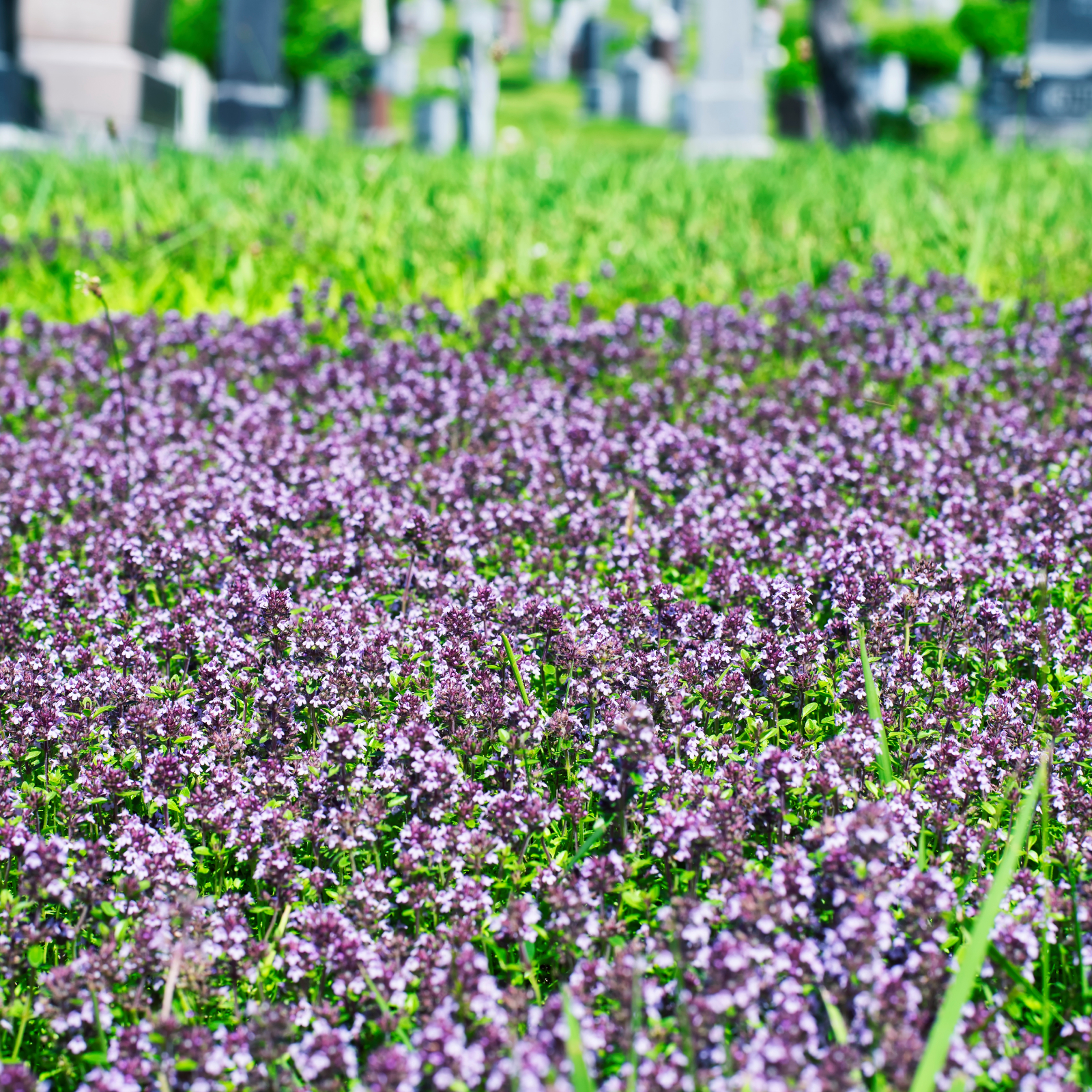 12 Lush Alternatives To A Lawn For Sustainable Spaces
12 Lush Alternatives To A Lawn For Sustainable SpacesAlternatives to a lawn are beautiful and also beneficial to your local ecosystem and its pollinators. Explore our top picks for plants to replace grass.
By Tonya Barnett
-
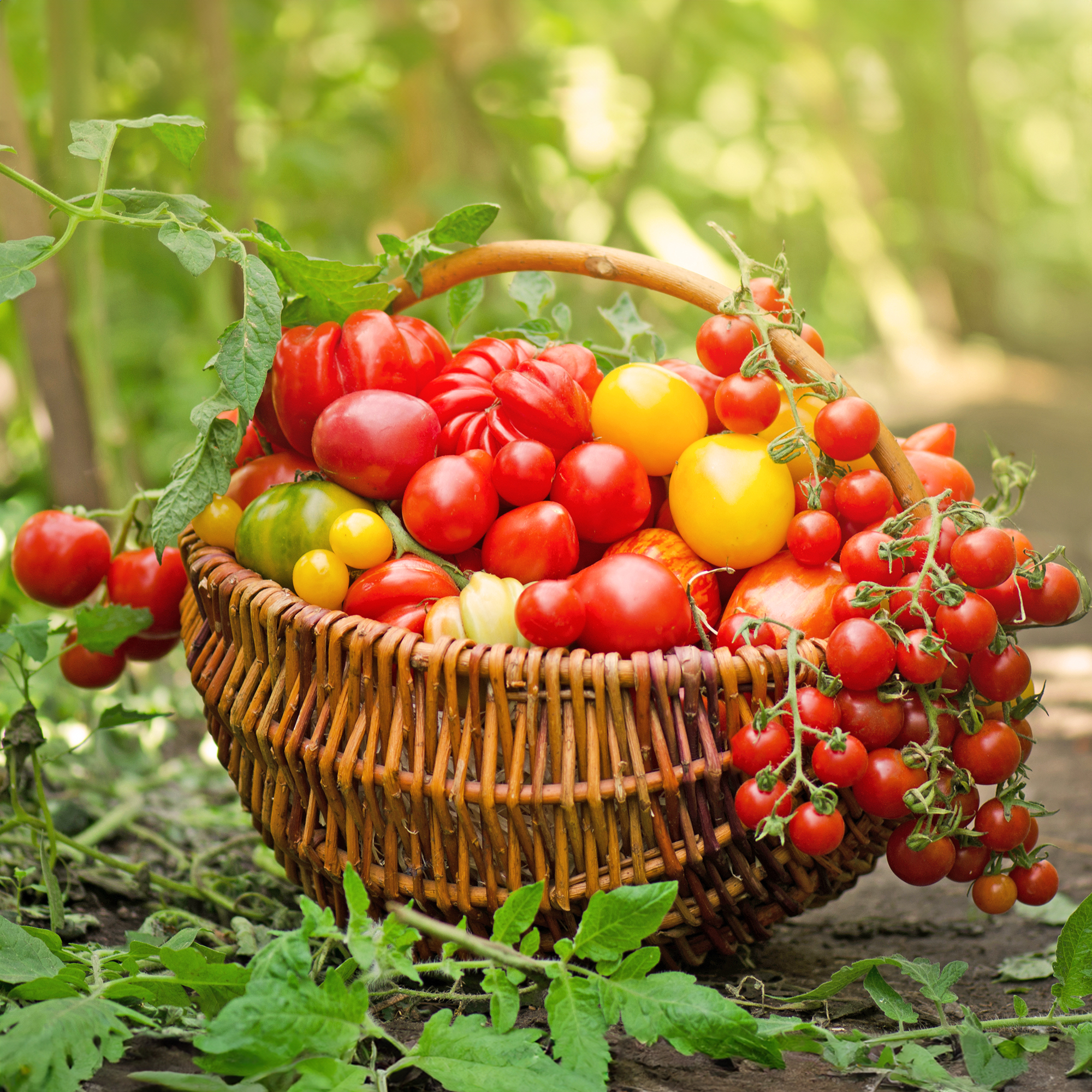 Types Of Tomatoes Explained: Explore The Many Wonderful Shapes, Colors, Flavors, & Best Uses
Types Of Tomatoes Explained: Explore The Many Wonderful Shapes, Colors, Flavors, & Best UsesThe world of tomato varieties is vast and fascinating. Learn about the key types to grow in your garden, tailored to your preferences and space.
By Amy Grant